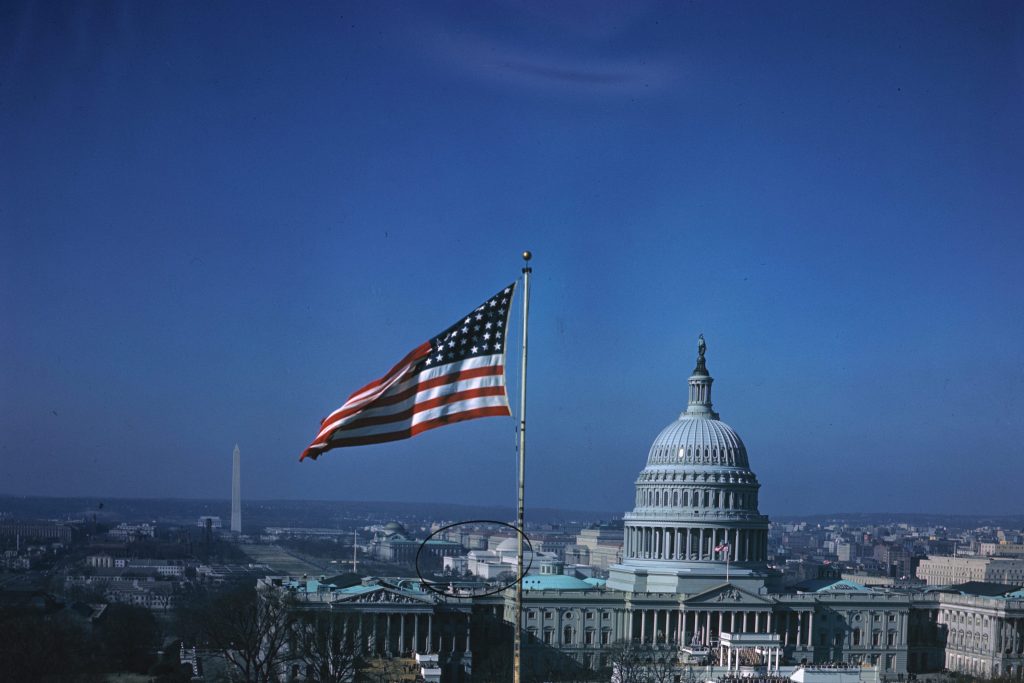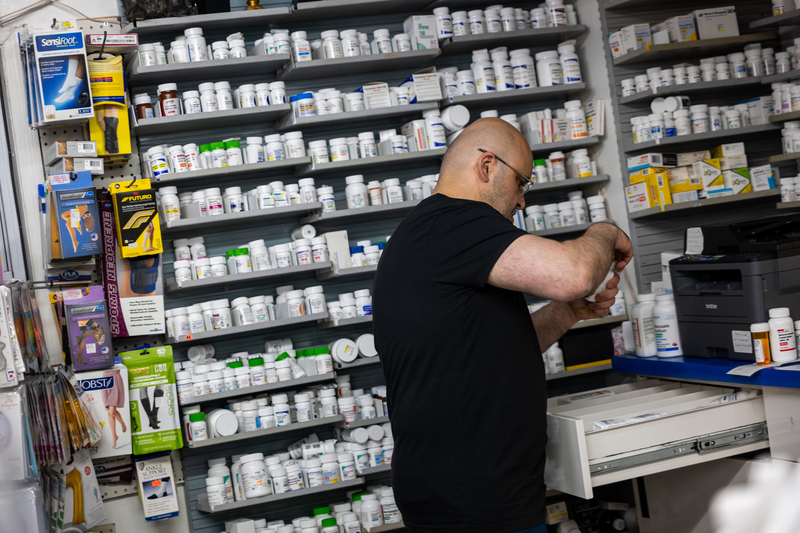When policy shifts arrive abruptly, the instinct may be to react defensively or wait out the turbulence. The recent wave of US tariffs has sent ripples through a sector already grappling with global dependencies and domestic constraints.
So what can companies do now to adapt swiftly, what long-term investments may offer resilience, and what broader, systematic measures, both national and international, could secure the industry’s future?
In its industry analysis, PwC warns that the financial exposure of the pharmaceutical, life sciences, and medical device sectors to tariffs could grow exponentially, rising from $0.5 billion to as much as $63 billion annually under certain scenarios.
The report urges companies to act with foresight, emphasizing the need to understand how tariff costs might affect earnings, shareholder value, and pricing strategies.
Assess exposure
Rather than wait for policy shifts to become unavoidable realities, firms are encouraged to assess their current exposure, map out their supply chains with greater granularity, and engage early with tax, customs, and finance teams.
Tactical steps, such as verifying country-of-origin classifications, optimizing customs valuation, and reconsidering manufacturing footprints, can offer significant cost mitigation. In parallel, building resilience through geographic diversification and more agile sourcing models will be crucial in preparing for sustained trade friction.
But beyond logistics and balance sheets, companies also have a rare opportunity to invest in human capital, perhaps the most enduring form of resilience. As the public sector and academic institutions shed researchers due to budget freezes and institutional restructuring, the private sector stands at a crossroads.
Swift action to welcome these displaced experts into industry labs and R&D teams can yield immediate and long-term dividends. These professionals bring not only technical expertise but also an ethos of scientific curiosity and public-minded innovation.
By offering them new roles with purpose and stability, companies can not only replenish their own research pipelines but also prevent a permanent loss of American intellectual capital to overseas institutions already recruiting aggressively.
Long-term moves
As short-term uncertainty settles into a new geopolitical and economic normal, several pharmaceutical giants have begun laying the groundwork for a more domestic production future.
Their aim is not simply to shield themselves from the shock of tariffs, but to rebuild long-eroded manufacturing capabilities in the United States, a process that is neither swift nor cheap, but perhaps inevitable.
The US pharmaceutical sector has long relied on global supply chains, with much of its manufacturing capacity located overseas. Reversing the course involves more than just moving equipment across borders. It requires regulatory approvals, skilled labor, and highly specialized infrastructure. Yet some companies are choosing to take this path.
Merck recently opened a $1 billion vaccine manufacturing facility in North Carolina, part of a broader $20 billion capital investment strategy in the US by 2028.
The site is not just a plant but a prototype of next-generation facility, integrating 3D printing, and generative AI to train workers and test manufacturing processes before they are deployed on the floor. These innovations suggest an ambition not merely to relocate production, but to reinvent it.
Other firms are following suit. Johnson & Johnson announced plans to invest $55 billion in several new US plants, including in regions with high unemployment, such as Wilson, North Carolina. The move is expected to create jobs, but the strategic driver is clear: the looming threat of a 25% tariff on imported pharmaceuticals. Pfizer too is reportedly evaluating a shift of manufacturing to its existing US sites.
Though driven in part by political pressure, these long-term investments could yield structural advantages. Domestic production reduces exposure to geopolitical risk, stabilizes supply chains, and, if tied to R&D infrastructure, could catalyze a broader innovation renaissance within US borders.
Johnson & Johnson’s new facilities, for instance, will not only manufacture drugs but will also house major research initiatives in oncology, immunology, and surgical robotics.
In the long arc of industrial strategy, these investments mark more than compliance, they represent a recalibration of how and where the industry creates value. For companies with the foresight and resources to act now, the payoff may not be immediate, but it could be durable.
Larger-scale solutions
As the pharmaceutical industry braces for deeper disruption, trade groups and companies alike are calling not just for exemptions, but for structural changes to avoid long-term harm.
A chorus of industry voices, from distributors to generics associations to medtech leaders, is making it clear that the consequences of tariffs extend way beyond quarterly earnings. They threaten to destabilize the very infrastructure that delivers critical medicines to Americans each day.
The Healthcare Distribution Alliance, representing companies that move nearly 10 million medical products daily, has warned that tariffs could trigger shortages, inflate drug prices, and force smaller manufacturers out of the market.
In a direct appeal to the administration, the Healthcare Distribution Alliance has advocated for carve-outs for pharmaceutical products and phased implementation timelines to avoid shocks to the system. These pleas reflect not just commercial concern, but a public health imperative.
Others are pushing for a dual approach: protect innovation at home while avoiding punitive measures that undermine access. The Pharmaceutical Research and Manufacturers of America acknowledged the administration’s broader goals but emphasized that excluding medicines from tariffs has long been a bipartisan policy, precisely because of the risks to access and affordability.
The Advanced Medical Technology Association has warned that tariffs could act as an indirect tax on American firms already burdened by strict regulatory frameworks
Instead, the Pharmaceutical Research and Manufacturers of America argued, trade tools should be aimed at safeguarding American intellectual property abroad and reinforcing the country’s leadership in drug innovation and manufacturing.
Similar anxieties exist in the medtech sector. The Advanced Medical Technology Association has warned that tariffs could act as an indirect tax on American firms already burdened by strict regulatory frameworks. The result, they argue, would be predictable: fewer jobs, fewer R&D investments, higher prices, and a shrinking global lead in innovation.
Amid all this, there remains cautious optimism that diplomacy may yet prevail. For instance, Indian trade authorities, whose domestic pharma sector plays a key role in supplying generics to the US, have signaled their willingness to engage in negotiations.
Temporary fixes have also been floated. One idea circulating is for the US distributors to ask Indian procedures to absorb some of the new costs until policy clarity emerges. But this, too, is no panacea.
If there is a lesson to be drawn from the current moment, it is that large-scale solutions will require both policy reform and pragmatic coordination across borders. Tariffs alone will not rebuild domestic capacity, and exemptions alone will not future-proof supply chains.
What is needed now is a blend of strategic investment, regulatory foresight, and international cooperation, a more nuanced approach than blunt instruments can provide.















